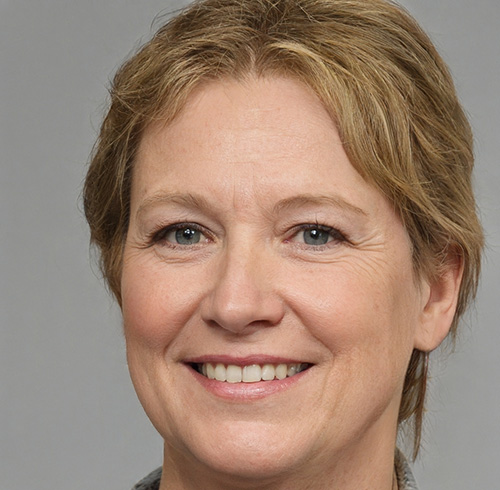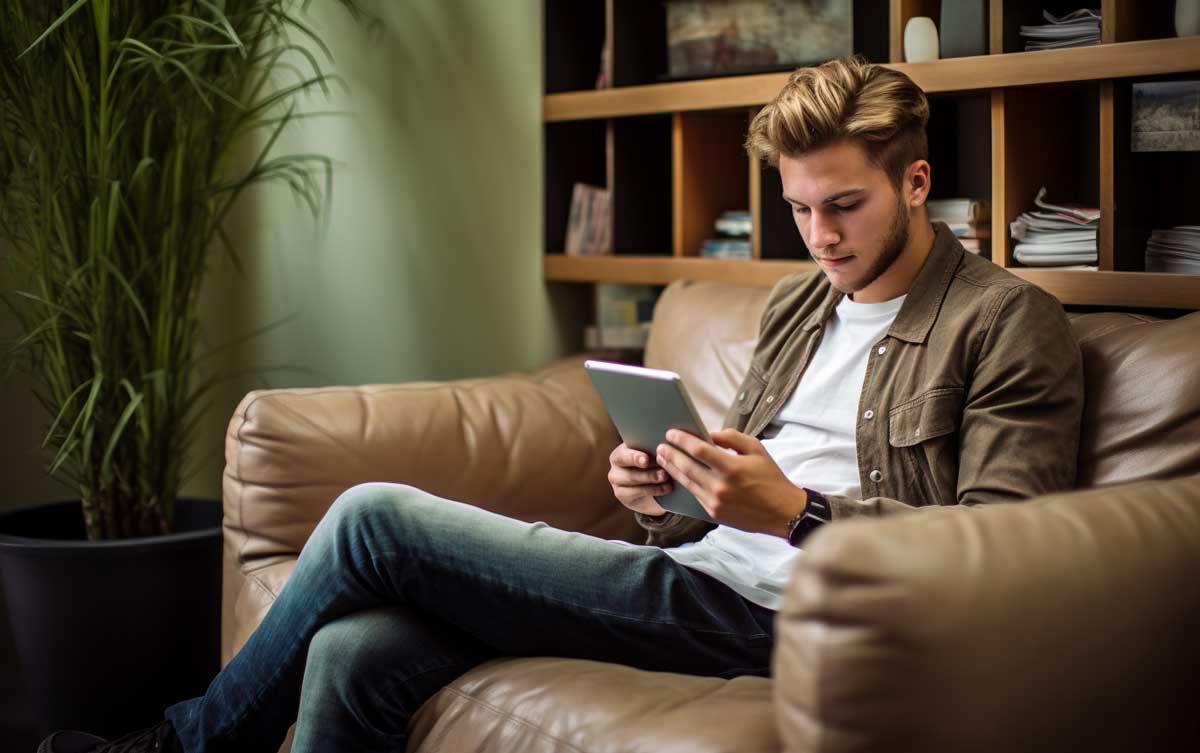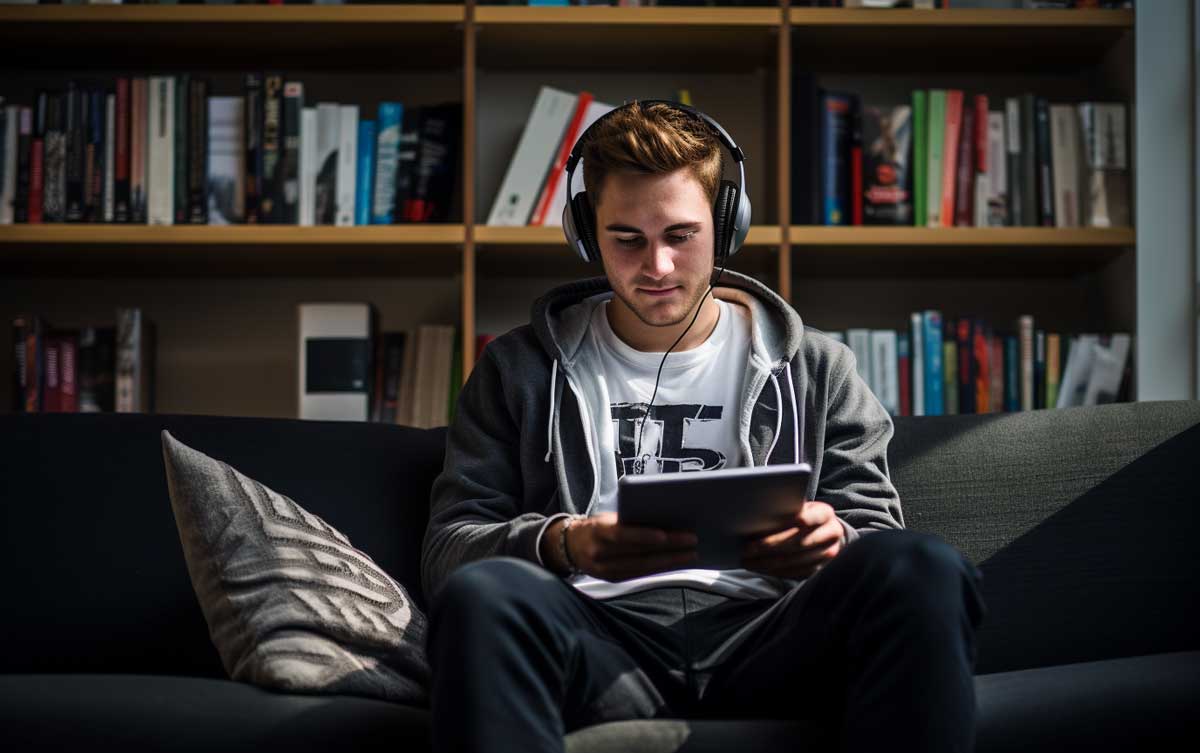COVID-19 was by far the most significant catastrophe faced by every person in every corner of the globe. The biggest challenge was to provide people with the means of earning their livelihoods amidst the repeated lockdowns and keeping their national economies afloat.
To reduce the digital divide and ensure that low-income households are connected to the internet, the U.S. Congress set aside $3.2 billion for the FCC to provide discounted internet and low-cost internet-connected devices to vulnerable individuals and households under the Consolidated Appropriations Act of 2021.
The Emergency Broadband Benefit (EBB) was established on February 25, 2021, when the FCC adopted the Report and Order 21-29C. It was an emergency assistance program enacted to ensure that the economic aftershocks of the COVID-19 pandemic hardest hit people who were barely making ends meet.
Millions of people lost their jobs, and hundreds of thousands of daily wagers were suddenly out of work. With their savings wiped out in the coming months, the bills and debt began to pile up, making day-to-day living difficult. The EBB program was a temporary measure to mitigate the adverse effects of COVID-19.
If you are receiving government assistance under the SNAP (food stamps) program, you might want to check out our article on how to get a free tablet with food stamps.
What Is The EBB Free Tablet Program?

The Emergency Broadband Benefit was enacted to swiftly address the already widening digital divide between well-off people and financially-struggling people in the United States and to mitigate the resulting issues that arose with increasing unemployment and the closure of businesses and schools.
Jobs, classes, and companies all became virtual in the wake of the frequent lockdowns during the repeated waves of pandemic-related infections and deaths. The internet has become a necessity for households despite all of this. It served as a means for education, to access one's workplace, and to stay connected with loved ones whom people could no longer visit.
In this time of crisis upon crisis, the EBB program provided financial relief to eligible low-income individuals and households in the form of monthly discounts of up to $50 on their internet broadband bill for customers located in the United States. For tribal customers living in certified tribal regions, the monthly broadband assistance goes up to $75.
For people who cannot afford an internet-connected device, the Emergency Broadband Benefit program provides a one-off device purchase discount of $100 if the applicants are ready to contribute an amount of more than $10 but less than $50 towards the purchase of the said device from EBB participating vendors.
As the EBB was a temporary program, it was phased out and transitioned into the long-term, $14 billion Affordable Connectivity Program (ACP). Congress created the ACP on November 15, 2021, and it began taking over the EBB starting on December 21, 2021. Most consumers kept receiving benefits, but some had two months to reapply if their benefits were suspended.
Are Lifeline And EBB Similar?
The EBB was a temporary assistance program from the federal government that lasted less than a year. Even its successor, the Affordable Connectivity Program, has a budgetary limit with no plans to keep it running once its $14 billion budget runs out.
Before COVID-19 changed our world, Lifeline was the predominant and permanent program offered on an ongoing basis by the FCC. The purpose of Lifeline is to ensure that affordable internet is within the reach of low-income Americans.
Low-income households and individuals can now access broadband internet through the Affordable Connectivity Program. ACP's predecessor, the Emergency Broadband Benefit program, had a poverty threshold of 135% or more of the Federal Poverty Guidelines for eligibility.
Still, it was increased to 200% or more for the Affordable Connectivity Program, and the monthly discount was reduced from $50 to $30.
The Lifeline and the ACP program offer discounts on internet bills for low-income households that house participants of government assistance programs such as Medicaid, WIC, SNAP, Veterans Pension and Survivors Benefit, SSI, free and reduced-price lunch/breakfast programs, or the federal Pell Grant.
Recipients of Lifeline benefits are eligible to receive ACP benefits as well. There is no restriction on combining ACP and Lifeline benefits, and discounts may be applied to various service plans.
If you cannot afford an iPhone, read our article on how to get a free government iPhone in 2022.
How Does the EBB Program Help Low-Income Families?
Through government assistance programs such as the Emergency Broadband Benefit, low-income families can connect with their families and friends around the globe. In addition to helping students with homework and school papers, it helps unemployed individuals find jobs and learn new skills and provides access to healthcare and online stores.
The NTIA reports, however, that one out of five in the United States lacks access to the internet. The number of adults in the United States who own a tablet has increased from 50% to 53% since February 2021.
EBB Free Tablet Program Eligibility Criteria
To be eligible for the EBB free tablet program, the applying household must fulfill the following eligibility criteria for the entire household or an individual member who is a part of that household.
- The household income is equal to or less than 135% of the Federal Poverty Guidelines.
- The household or at least one member receives assistance from one or more federal or state assistance programs (Supplemental Nutrition Assistance Program, Medicaid, WIC program, or the Lifeline program).
- One or more children in the household receive benefits under the free and reduced-price school lunch or breakfast program under the USDA Community Eligibility Provision.
- A household member is currently a recipient of the Federal Pell Grant during the ongoing award year.
- The household has experienced significant income loss due to losing jobs during the pandemic. The household's total income was equal to or under $99,000 (single filers) or $198,000 (joint filers).
- The household meets the qualification criteria for an existing COVID-19 or low-income program offered by an EBB participant provider.
How To Apply For The EBB Free Tablet Program
Suppose a household qualifies for the EBB program by meeting one or more of the eligibility criteria mentioned above. In that case, it must first apply for the Emergency Broadband Benefit program and then choose a service plan from one of the participating providers.
The following are three ways eligible households can apply for the EBB program.
- Choose a provider from the list of participating broadband providers and get in touch with them to learn about and initiate the application process. If, for some reason, you cannot apply directly through the service provider, you may use one of the methods listed below to apply for the EBB program and then get in touch with a participating provider to choose a plan of your liking.
- To apply for EBB online, you can visit the Emergency Broadband Benefit website and look up participating providers that offer the EBB program in your city and state. Once you complete the online application, you'll need to contact the provider of your choice to select the internet plan that suits your needs.
- Alternatively, you can call the federal government's helpline at 833-511-0311 from 9 AM to 6 PM throughout the week. You can mail your EBB application by printing a copy of it, filling it out, and mailing it with copies of the required eligibility documents to the following address.
- Emergency Broadband Support Center
- P.O. Box 7081
- London, KY 40742
Once the EBB program notifies households that they have qualified for the program and are eligible to receive EBB assistance, they must choose an available EBB participating provider to select an EBB-eligible broadband internet service plan.
Tablets Available on the EBB Program

When you apply for a free tablet under the EBB program, you'll need to select a participating provider in your area. Your provider will inform you about your eligibility to receive a free tablet.
As soon as your eligibility is confirmed, you'll be notified by the provider, and your device will be sent to you shortly thereafter. The tablet's model and brand will solely depend on a few factors, such as the state in which you reside, the device provider's eligibility criteria for the EBB free tablet program, and the number of available devices of different brands.
The eligible recipients have no choice or options in this matter.
Under the EBB free tablet program, you'll probably receive one of the following branded tablets.
- Samsung Galaxy Tab S7
- L.G. G Pad 5
- Lenovo Tab 5
- Sky Tablet
- Older Apple iPad model
However, all tablets offered by EBB providers to low-income households and individuals come with the most advanced features and functionalities, such as HD screens, WiFi connectivity, long-lasting battery time, dual cameras (front and back), Bluetooth, and some even have SIM card slots with the option to expand external storage.
EBB Free Tablet Program Providers
The Emergency Broadband Benefit program covers all the states in the USA. However, participating broadband internet providers do not cover the entire United States.
Instead, various regions are divided between 80 EBB participating providers. The following are the EBB participating providers offering free tablets to eligible low-income households and individuals.
- Assurance Wireless
- Cathect Communications
- Cintex Wireless
- City Communications
- Dailytel
- Excess Telecom
- Human-I-T
- K&D Wireless
- Metro by T-Mobile
- North American Local
- P.C.s for People
- Pine Belt Wireless
- Q Link Wireless
- Selectel Wireless
- StandUp Wireless
- TM Telecomm Corp
- TracFone Wireless
- TruConnect
- US Connect
- Windstream
Check which service provider offers a free tablet in your city/state and apply for a free tablet using the methods detailed in the previous sections if you qualify for the EBB free tablet program.
In the wake of the COVID-19 pandemic, numerous individuals and families continue to face financial challenges. If you find yourself in need of a laptop but lack the financial means to acquire one, we invite you to explore our piece on obtaining free laptops for low-income families. Be sure to peruse the remaining articles in Gov-Relations' blog to discover additional programs with comparable offerings.
Unlock further knowledge on available internet support programs by perusing our illuminating article on Spectrum’s EBB Program! Alongside your journey through the eligibility criteria for the EBB Free Tablet Program, our Spectrum guide will shine a light on additional facets and options within the Emergency Broadband Benefit initiatives, ensuring you’re thoroughly versed in all available avenues of digital support!






